How to Choose the Best Juicer for a Beginner? A Buying Guide in 2026
Get started on the journey of juicing at home is an exciting thing with healthier lifestyle. However, there are so many options available on the market and it is difficult to choose the best juicer for a beginner. This guide is aim to simplify the process, helping you understand and find the best juicer, which suits to your needs and preferences to explore the world of fresh, homemade juice.
What should I know before buying a juicer as beginner?
Before get started into the world of juicers, it's better to consider a few key factors. There are several factors that you should know before making an desicion:
- What types of fruits and vegetables you plan to juice most frequently on a daily basic
- The volume of produce you will juice regularly
- Budget is another key consideration
- How much counter space is available for
Taking these factors into account, it will help you narrow down your options and find the perfect juicers for your consideration in next step.
What kinds of juicers are available?
When selecting a juicer for home use, it’s important to understand the different types of juicers available, such as the main differences that between slow juicers (masticating juicers) and fast juicers (centrifugal juicers). Each type of juicer is working with a different principle and offers unique benefits, impacts the juice quality, yield, and the types of produce they handle most effectively. After understanding all these differences, you will be clear to make an informed decision based on your specific juicing goals and preferences.
Slow juicers - Masticating juicers
Slow juicers, people also call it as masticating juicers or cold press juicers, the same juicer with different names, which is using an auger to extract juices from the fruits and vegetables. The slow operation could minimize heat and oxidation, which is advantageous for several reasons:
- Preserving nutrients and enzymes.
- Producing a higher juice yield.
- Operating more quietly.
This kinds of juicers are particularly good to extract the leafy greens and harder juices. Furthermore, many users find that slow juicers offer additional capabilities, such as nut milk preparation.
Fast juicers - Centrifugal juicers
Fast juicers, people also call it as centrifugal juicers, the same juicer with different name. The working rule is to use a spinning blade to shred fruits and vegetables. They have several characteristics, including:
- Operating at a much higher speed, generating heat and causing the juice to oxidize more quickly, which can reduce its nutritional value and shelf life.
- Offer a wide mouth chute, which reduces preparation time by allowing you to put in bigger chunks of fruit and vegetables.
The pulp produced is also often wetter than that from masticating juicers, indicating that they may not extract as much juice from the produce.
Do I really need a cold press juicer slow juicers? Best Juicer?
Benefits of slow juicer
For a beginner juicing at home, a cold press juicer offers us so many numerous advantages: minimizing heat and oxidation, preserving nutrients, a higher juice yield, and a longer shelf life.
Best cold press juicer options for beginners
While choosing a cold press juicer for a beginner, several awsome options are available here. The Ormeo slow juicer is widely praised as the best budget juicer with its balance of working performance and affordability, it is also a premium choice for most beginners, known for its awsome juice yield and durability. The Omega juicer is another high-quality option, praised for its versatility and ability to handle various fruits and vegetables, including leafy greens like kale and harder produce like carrots. Consider a compact juicer if you have limited counter space. Look for a masticating juicer that is easy to assemble and disassemble and, ideally, has dishwasher-safe parts for easy cleaning.
How we tested slow juicer?
Yield test
To determine the juice yield of each juicer, we used a standardized amount of various fruits and vegetables, including apples, carrots, and leafy greens like kale. We carefully weighed the produce before juicing and then measured the volume of juice extracted by each juicer. This allowed us to calculate the juice yield as a percentage of the original produce weight. The best juicers demonstrated a higher juice yield, meaning they extracted more juice from the same amount of produce, resulting in less waste. We also looked for the masticating models that left the pulp drier after the juicing process was done.
Green juice test
The green juice test purpuse is to assess the juicer's ability to handle leafy greens, such as kale, spinach, and wheatgrass, etc. Leafy greens may be challenged for some kinds of juicers, especially centrifugal juicers, which may struggle to extract juice efficiently. We tested the juice yield, the dryness of the pulp, and the overall quality of the green juice which produced for each juicer. The best juicers for green juice demonstrated a high juice yield and produced a smooth, pulp-free juice. The juice test is really important for the slow juicers and the masticating juicers, which are the models known for making great leafy green juices.
Citrus juice test
For the citrus juice test, we used oranges to evaluate how well each juicer handled citrus fruits. We measured the juice yield, the amount of pulp in the juice, and the ease of cleaning after juicing citrus. Some juicers are better suited for citrus fruits than others, and we looked for juicers that efficiently extracted juice without excessive pulp or clogging. It’s best if the juice extractor is able to produce clear orange juice. The Breville juice fountain compact is the centrifugal model that did well on the citrus juice test. It is also important to note if it's easy to clean the juicer after this test.
Easy clean slow juicer
Ease of cleaning is a critical factor for any juicer, especially for beginners. After each juice test, we assessed how easy it was to disassemble the juicer, clean the parts, and reassemble it. We considered the number of parts, the presence of dishwasher-safe components, and the overall design of the juicer. The best juicers were easy to disassemble, had few parts to clean, and included dishwasher-safe components. Models with smooth surfaces and simple designs were generally easier to clean than those with intricate parts or hard-to-reach areas. Many people enjoy it when the masticating juicer parts are easier to clean. The easy clean slow juicer models are the best juicers to choose.
What to look for in your best compact juicer?
High juice yield
When searching for the best juicer, a high juice yield is a crucial factor to consider. Slow juicers generally offer a higher juice yield compared to centrifugal juicers.
Ease of cleaning
Ease of cleaning is another essential aspect to consider when selecting a juicer, especially for a beginner. Look for a juicer that is easy to disassemble and reassemble, with dishwasher-safe parts.
Size and design
Consider the amount of counter space you have available, as some juicers can be quite bulky. The design of the juicer should also be user-friendly, with intuitive controls and a stable base.
Find the best budget juicer for a beginner's needs at Ormeo.
At Ormeo, we understand that choosing the best juicer can be overwhelming. That's why we offer a curated selection of high-quality juicers designed to meet the needs of beginners and experienced juicers alike. Whether you're looking for a cold press juicer for maximum nutrient retention or a centrifugal juicer for speed and convenience, we have something for everyone. Our knowledgeable staff is always available to answer your questions and help you find the perfect juicer for your specific needs. Start your juicing journey with Ormeo today and experience the health benefits of fresh, homemade juice!
Shop today!



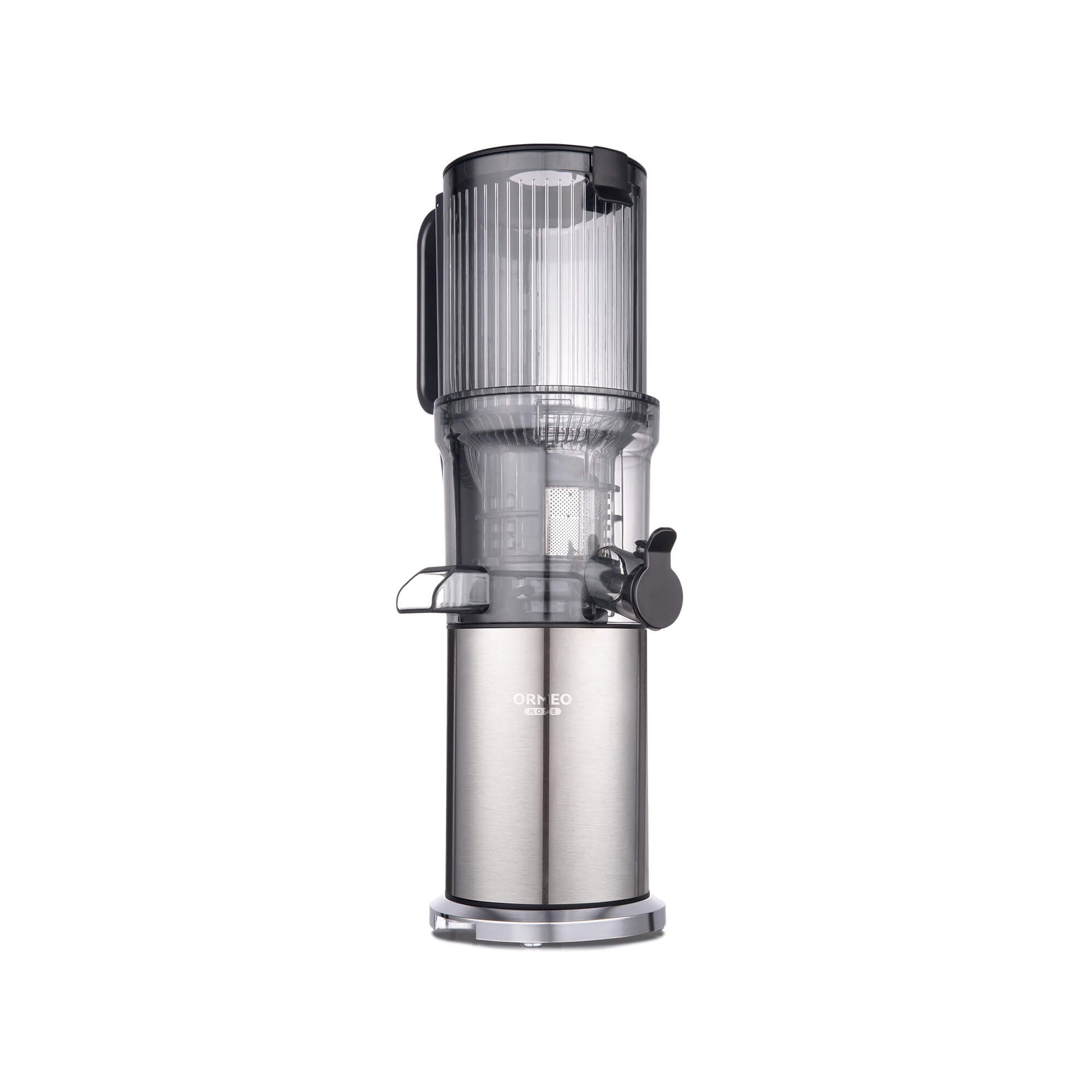
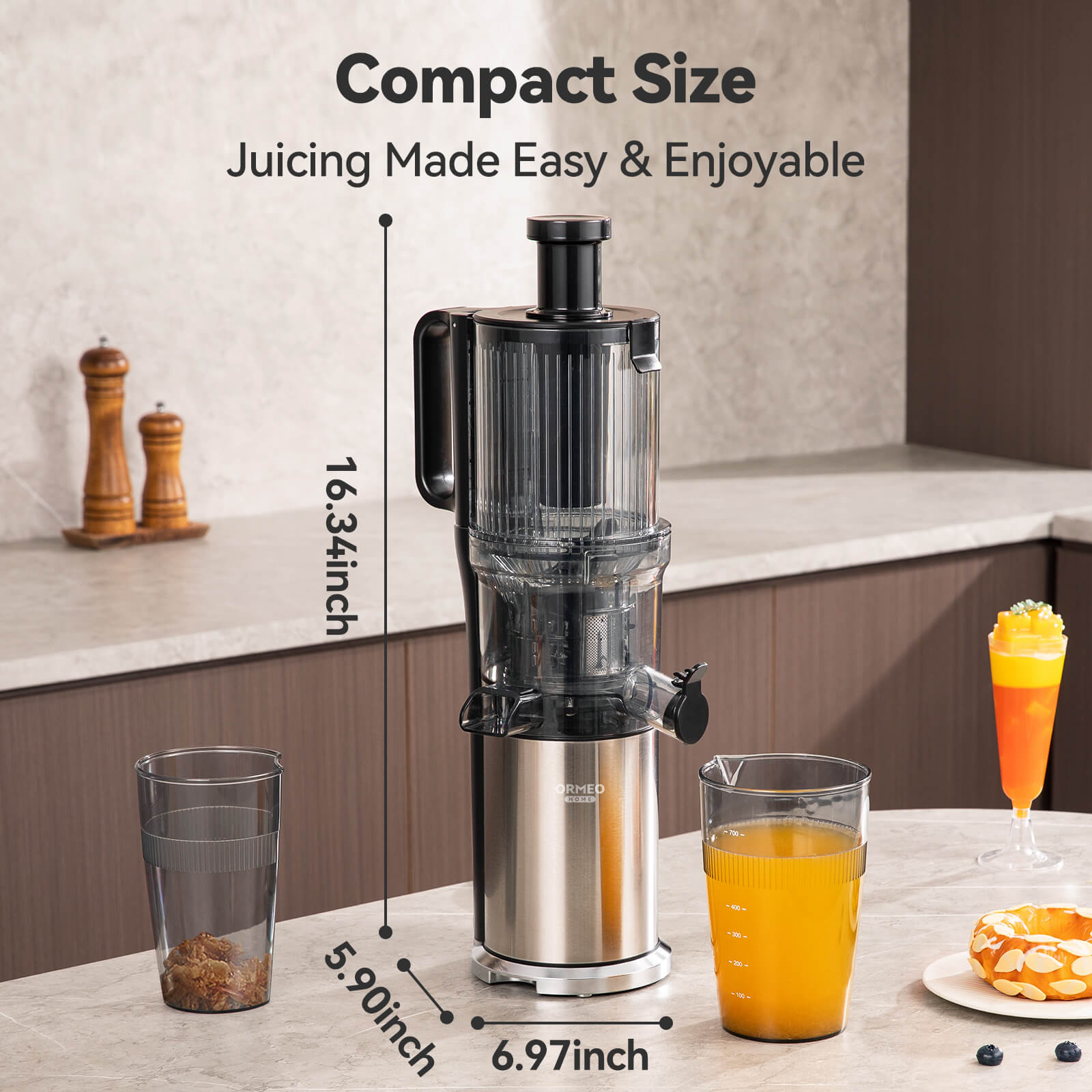

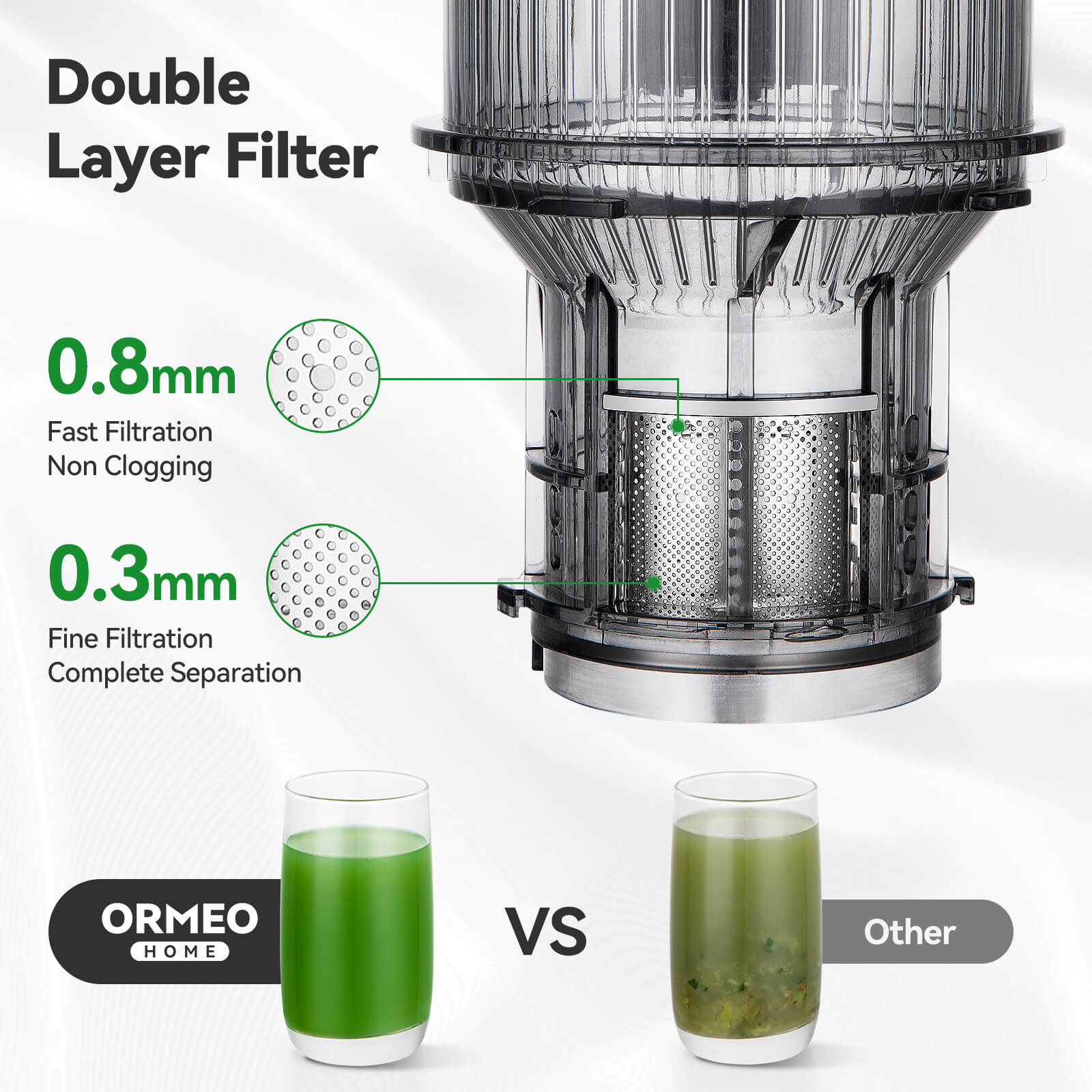

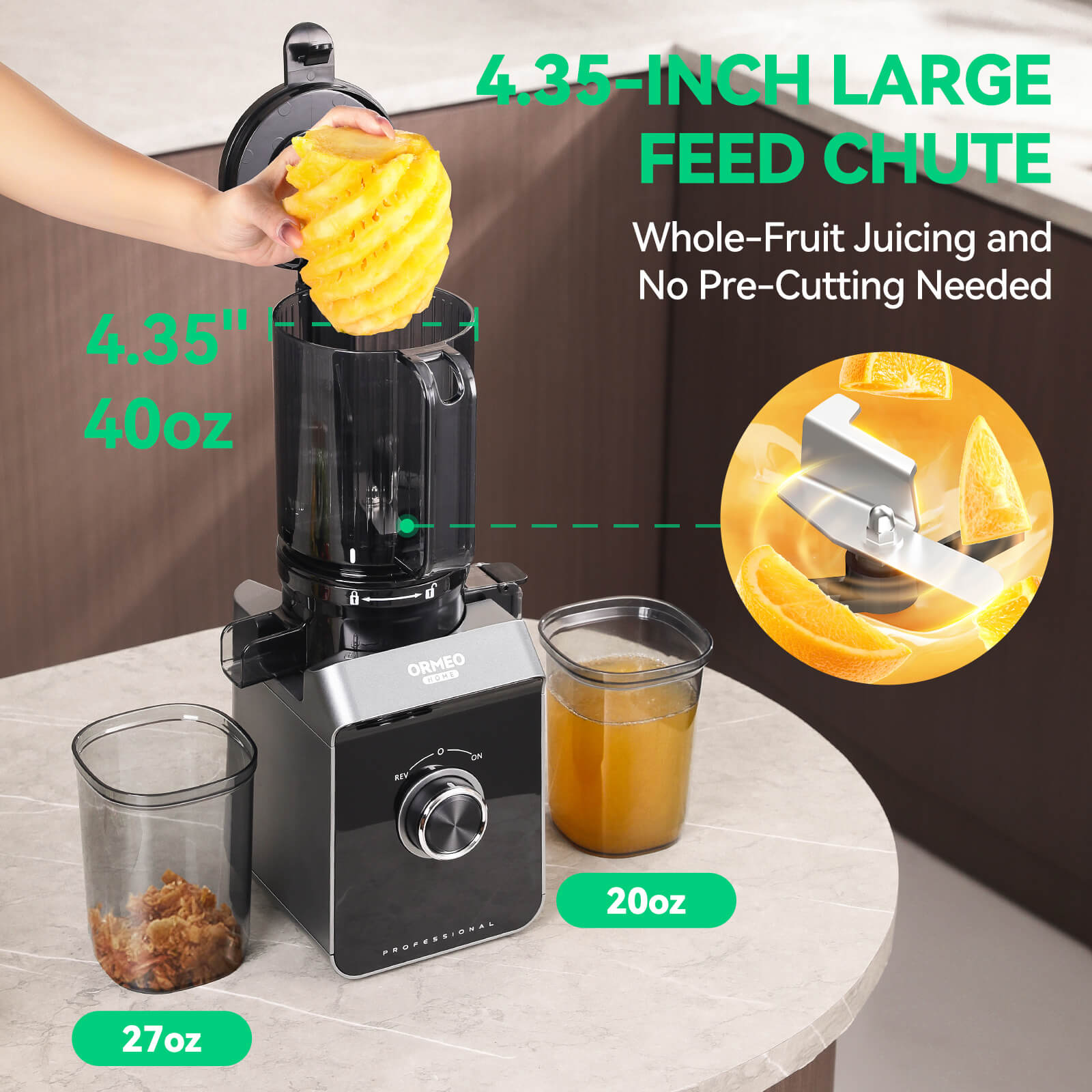

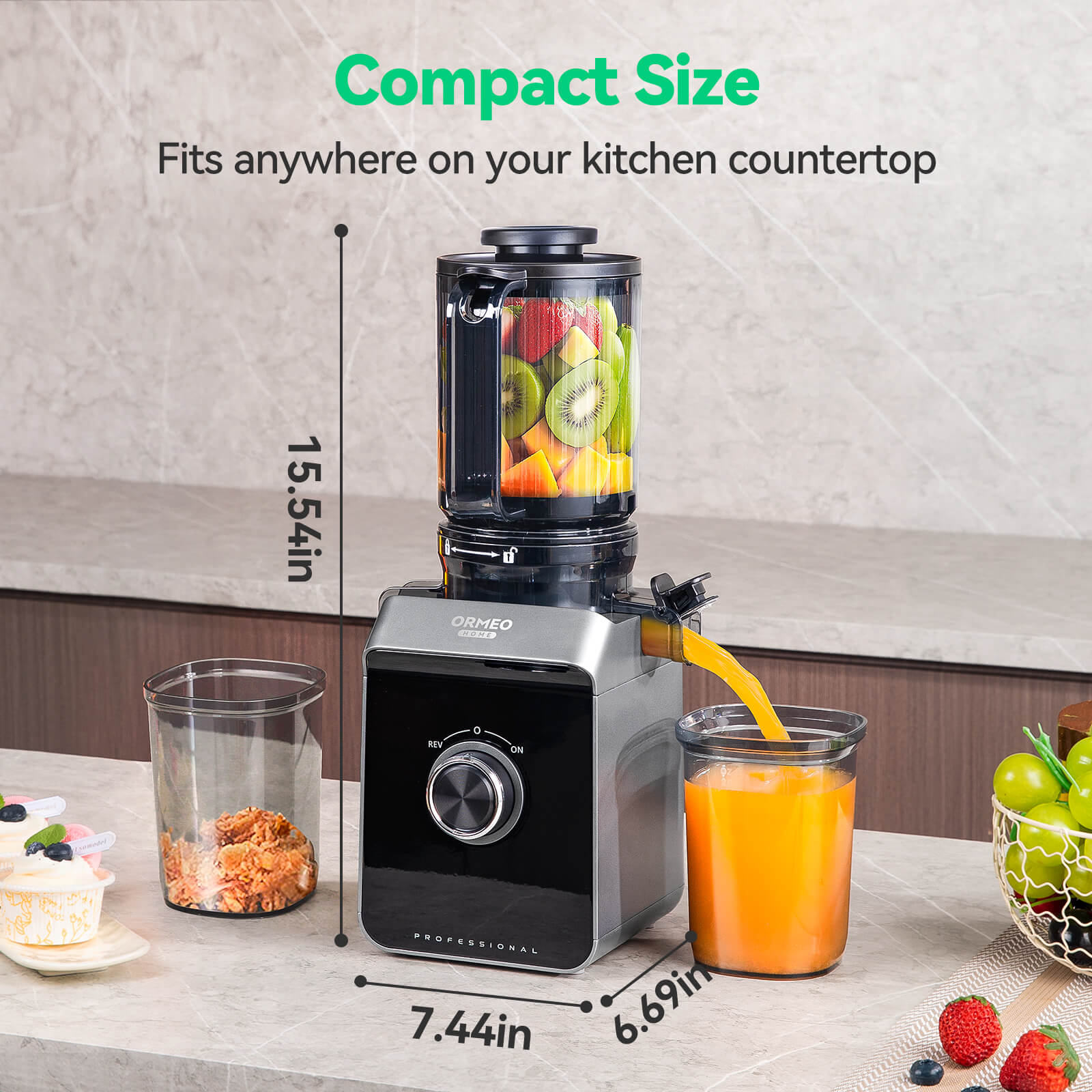
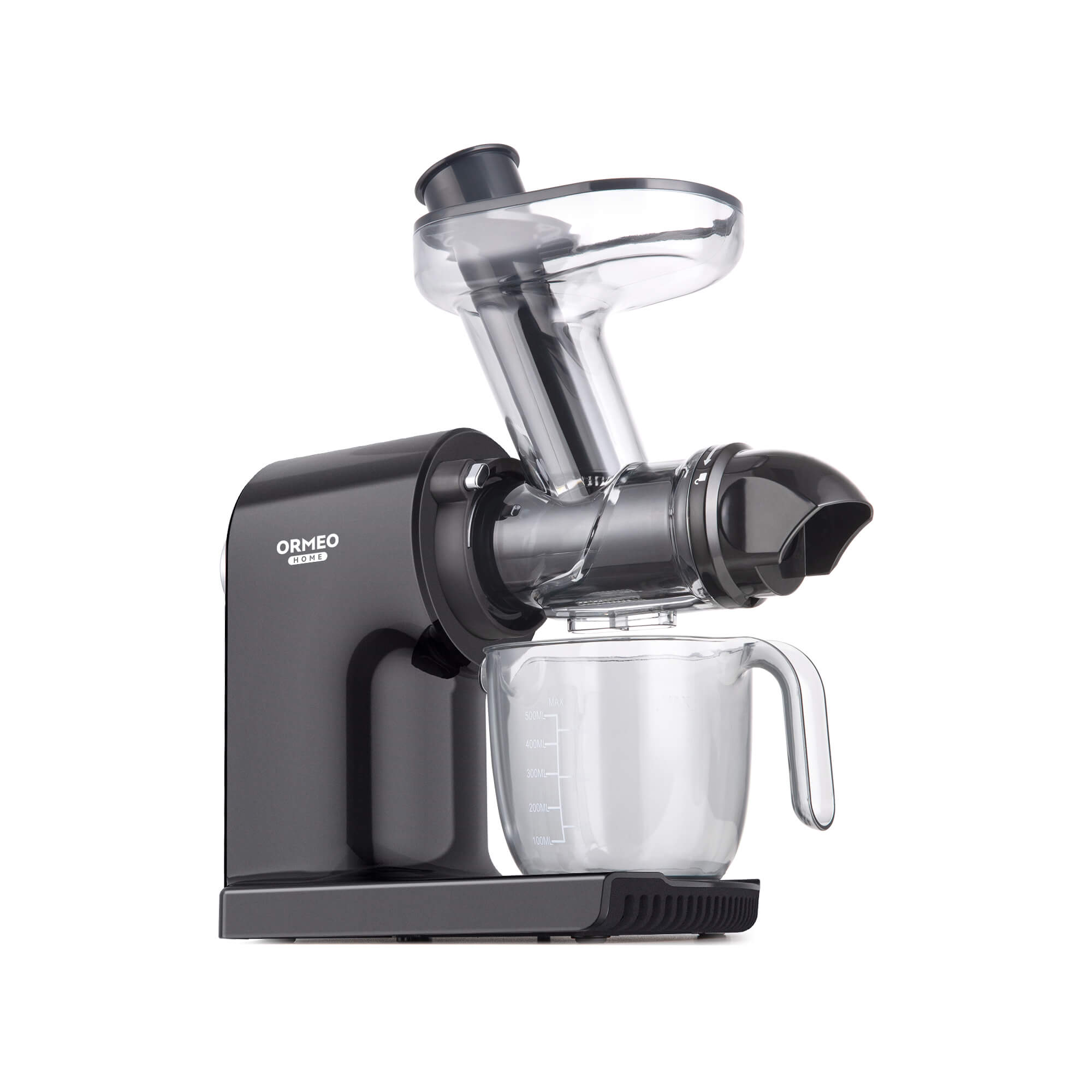
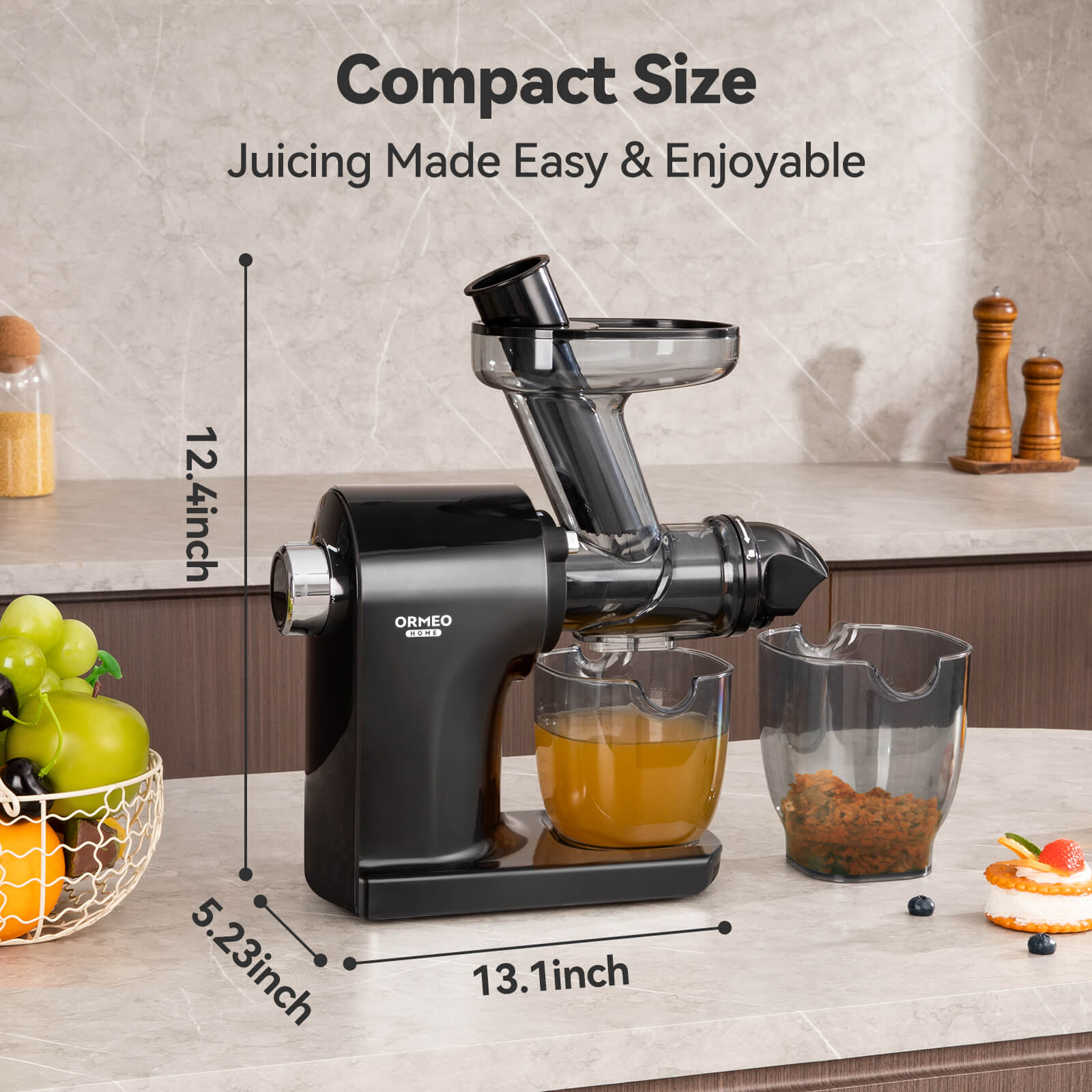
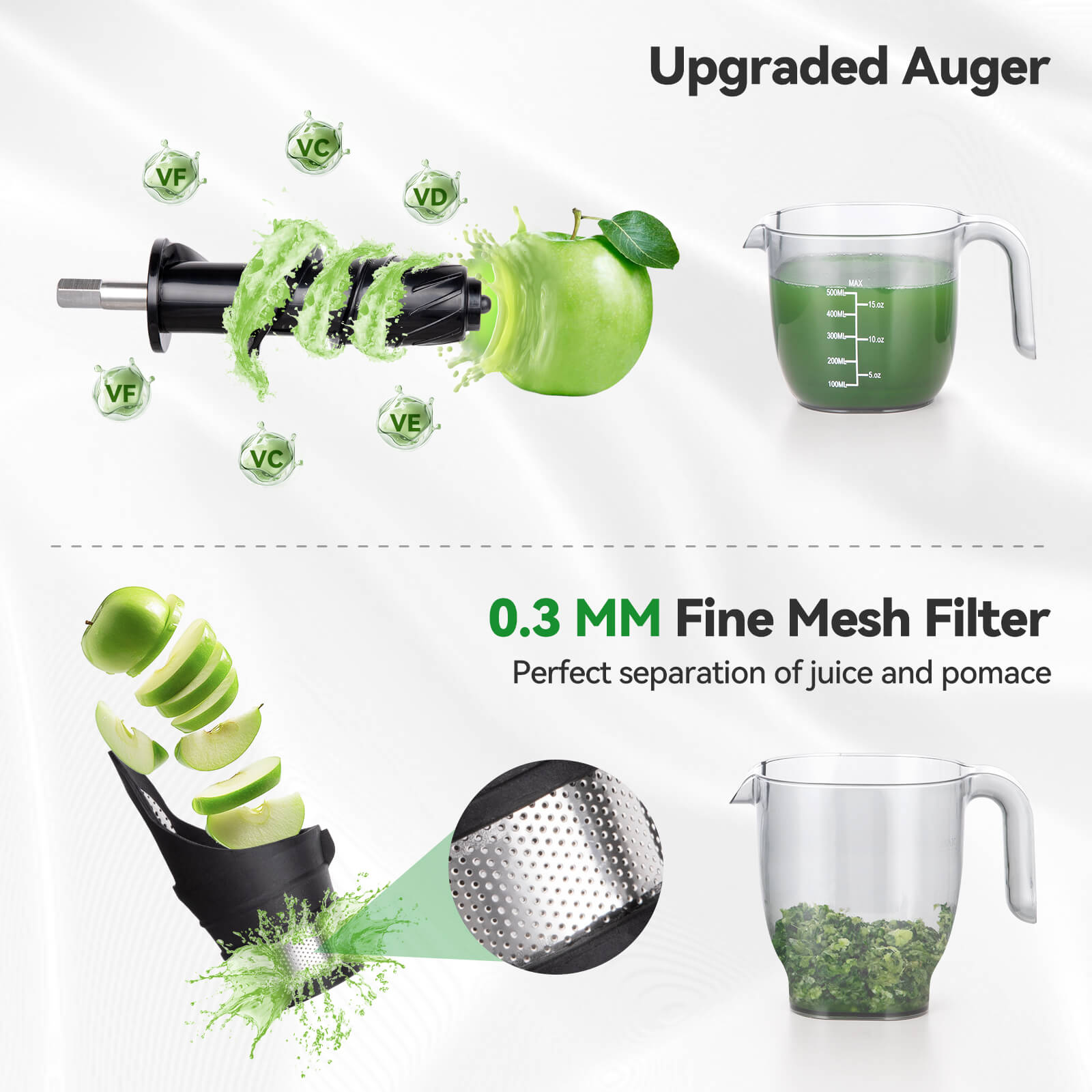
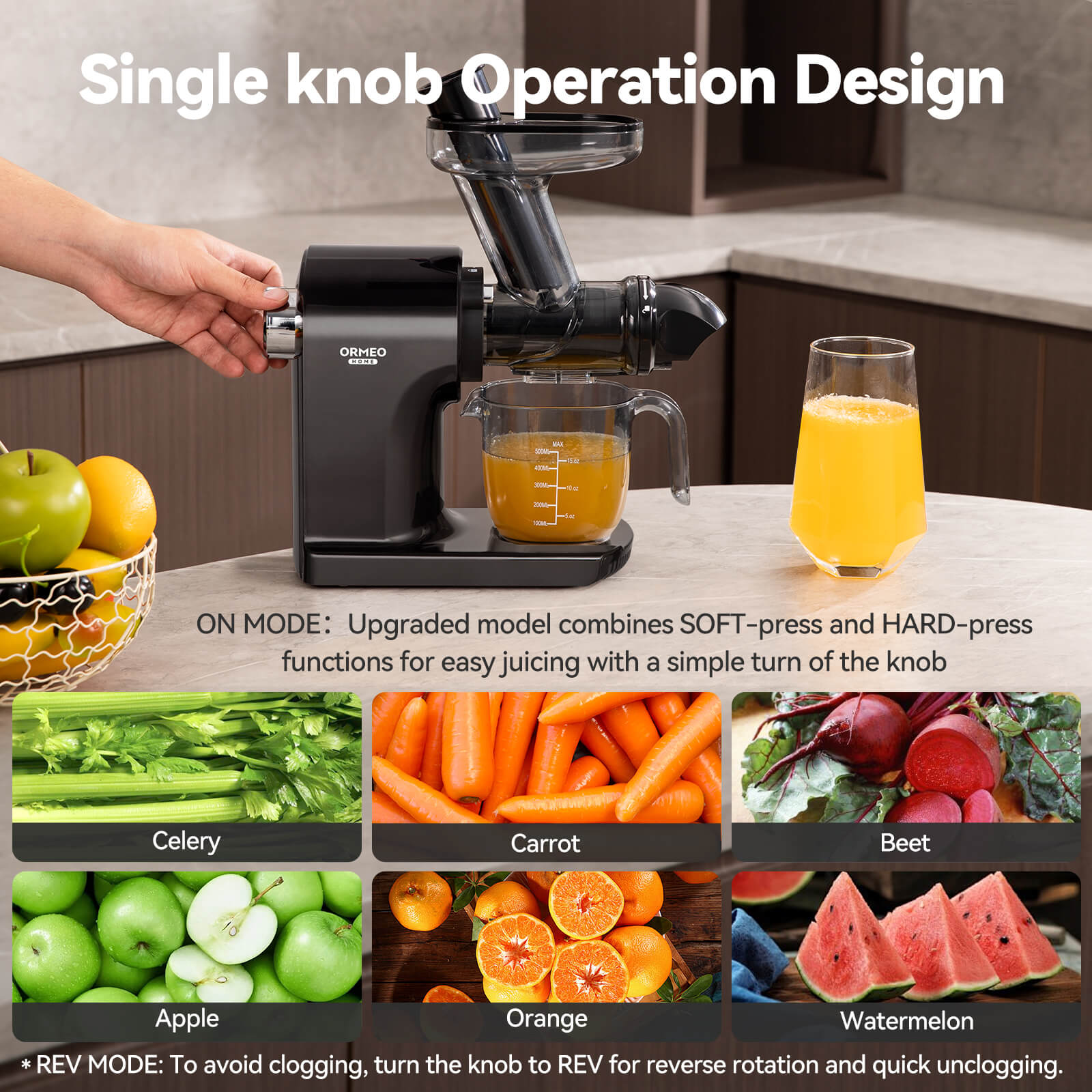
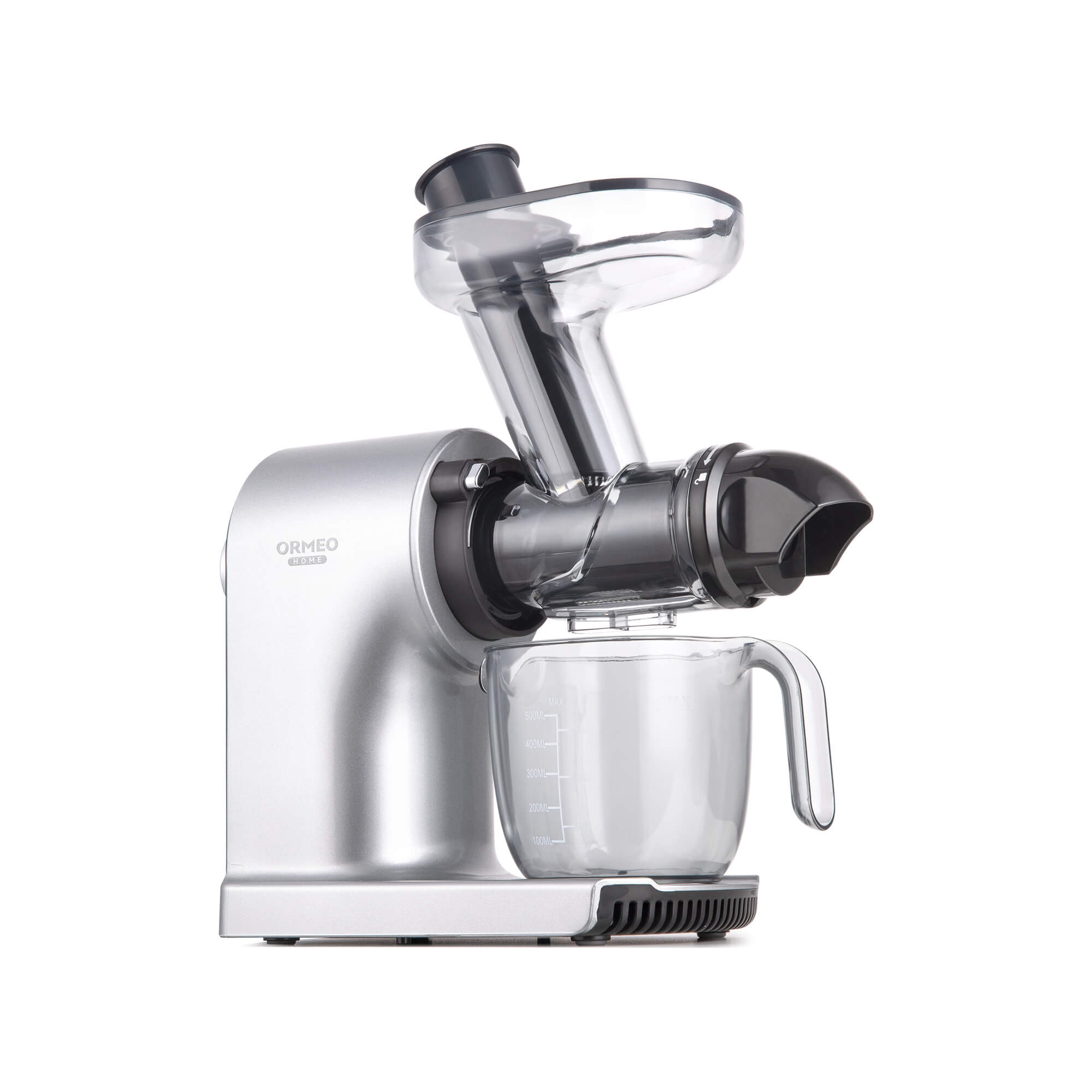
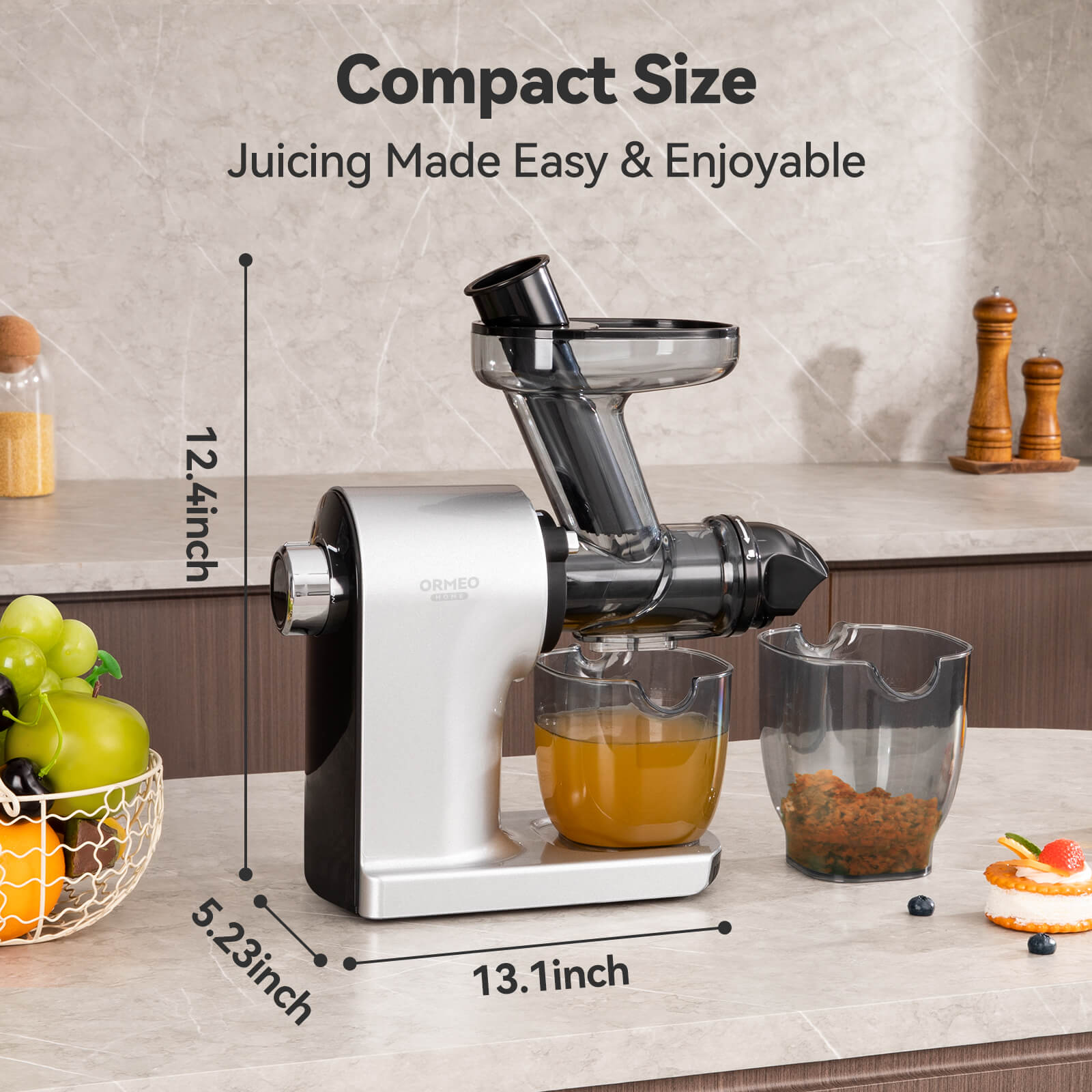
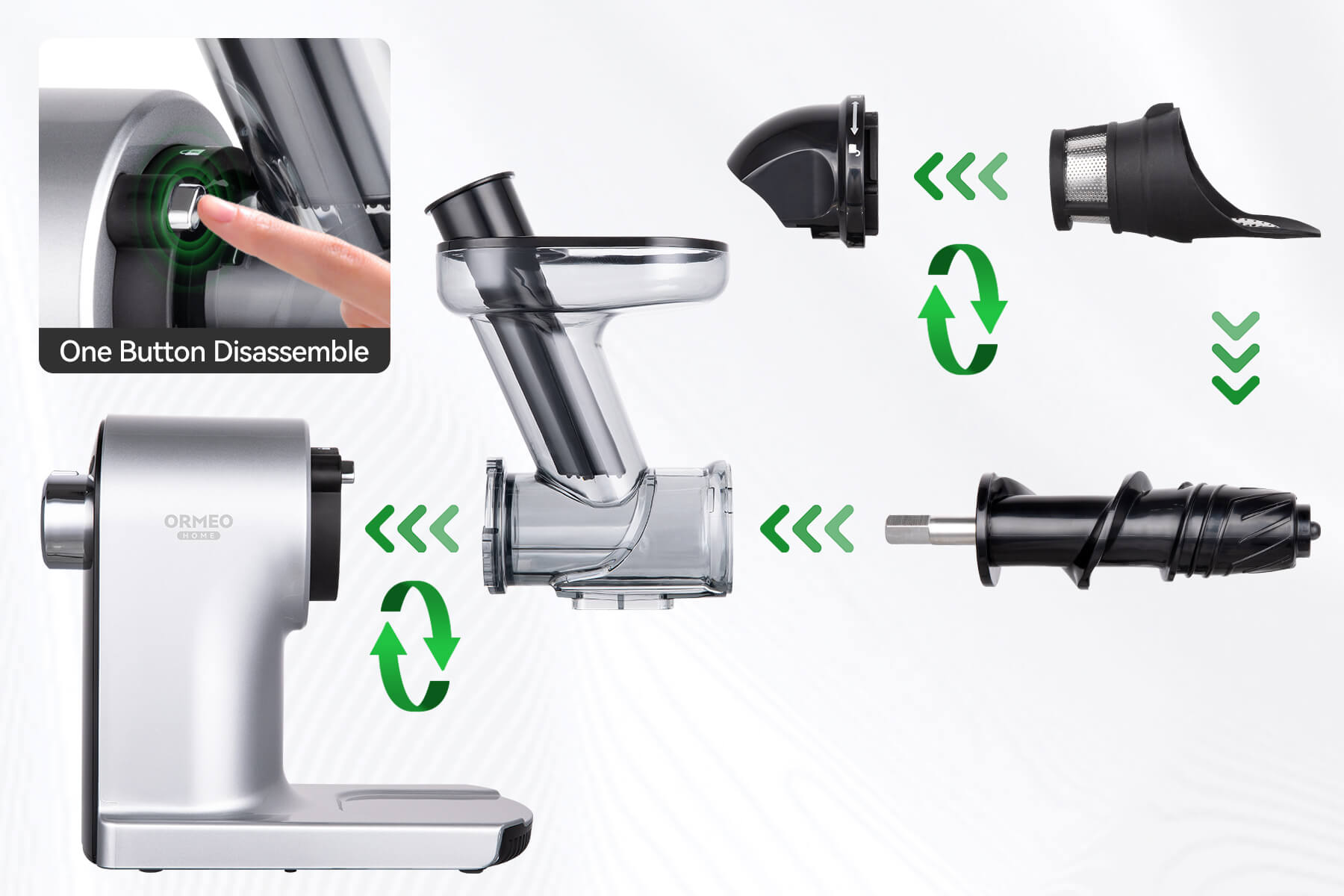
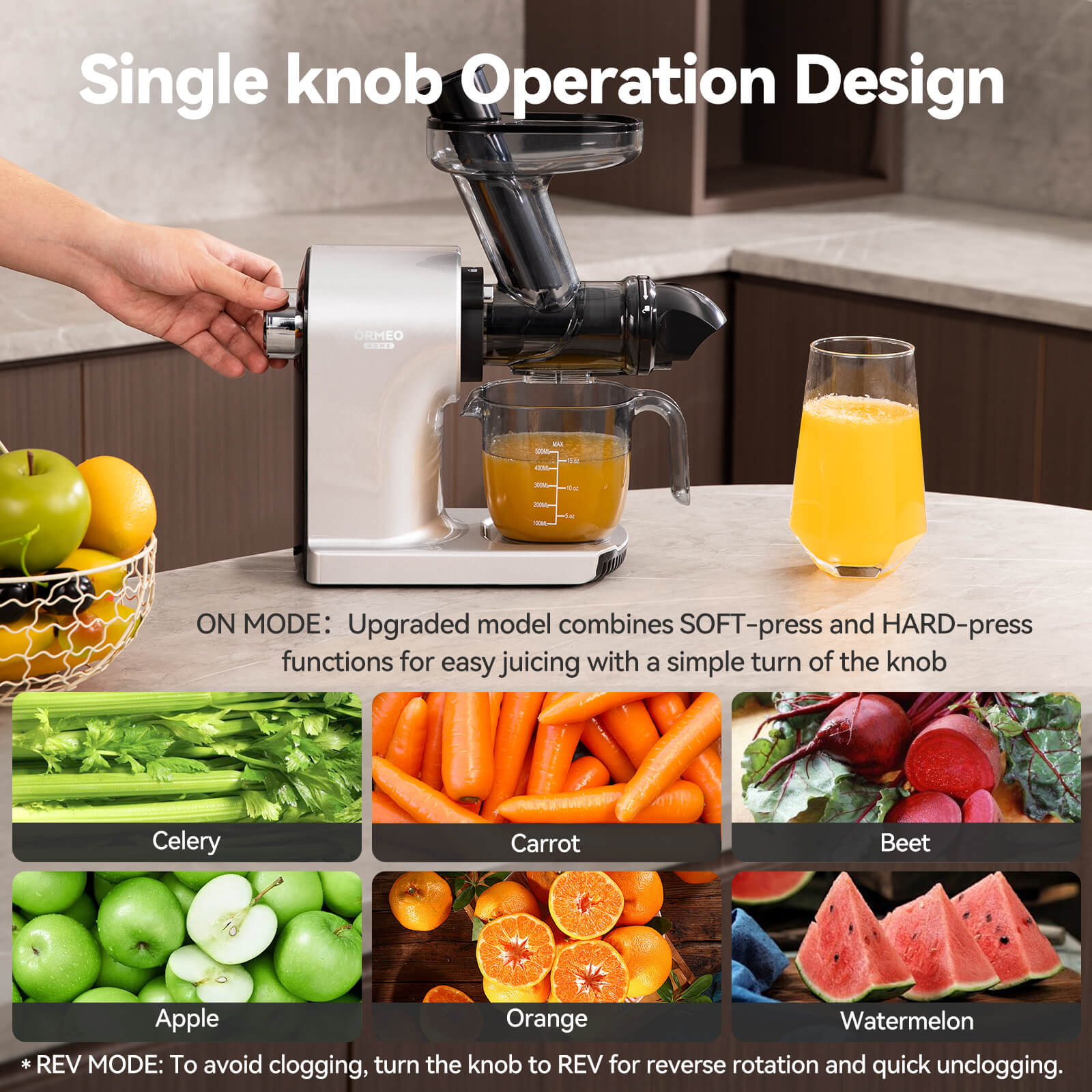

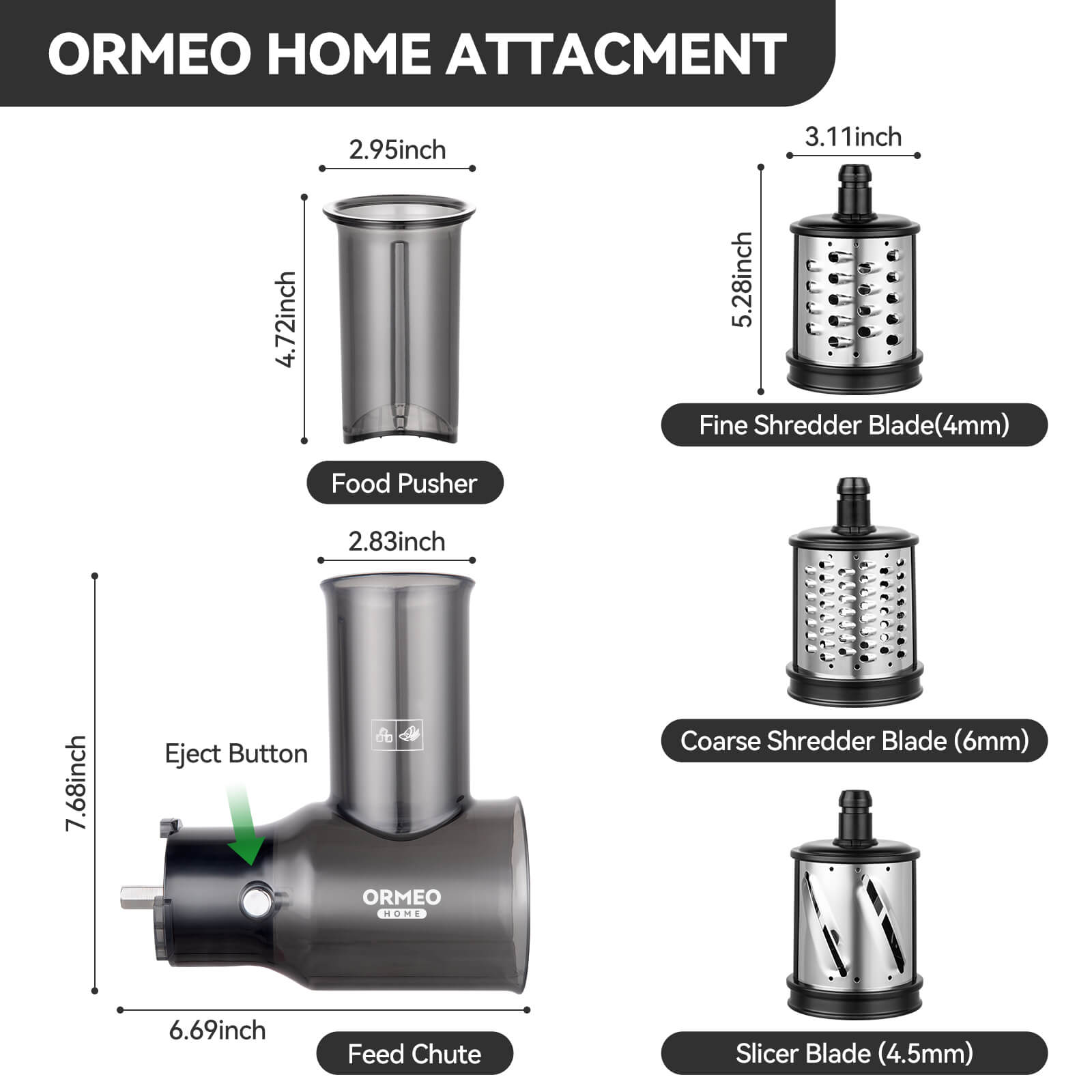

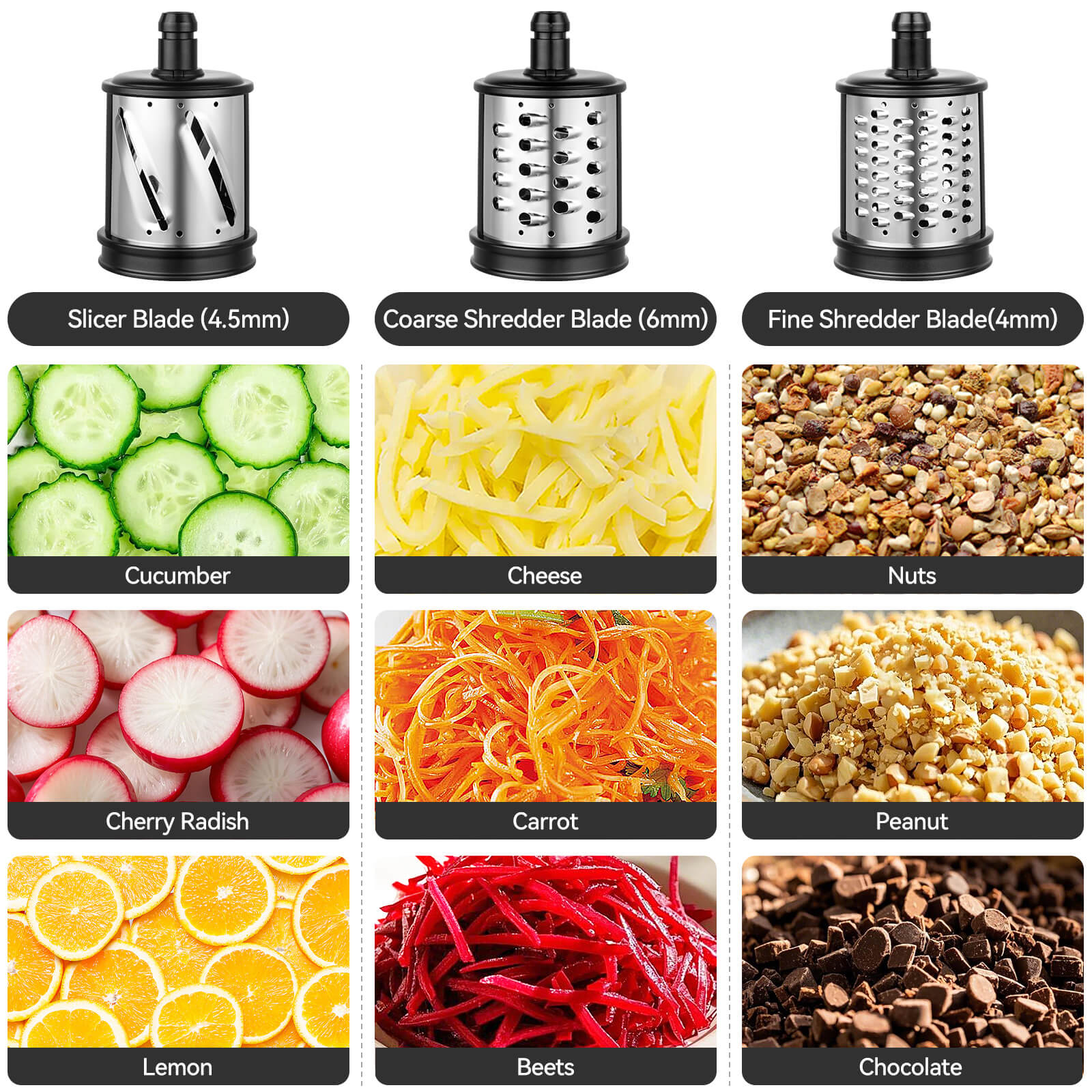
Share:
What are the benefits of juicing? Health Benefits and Tips